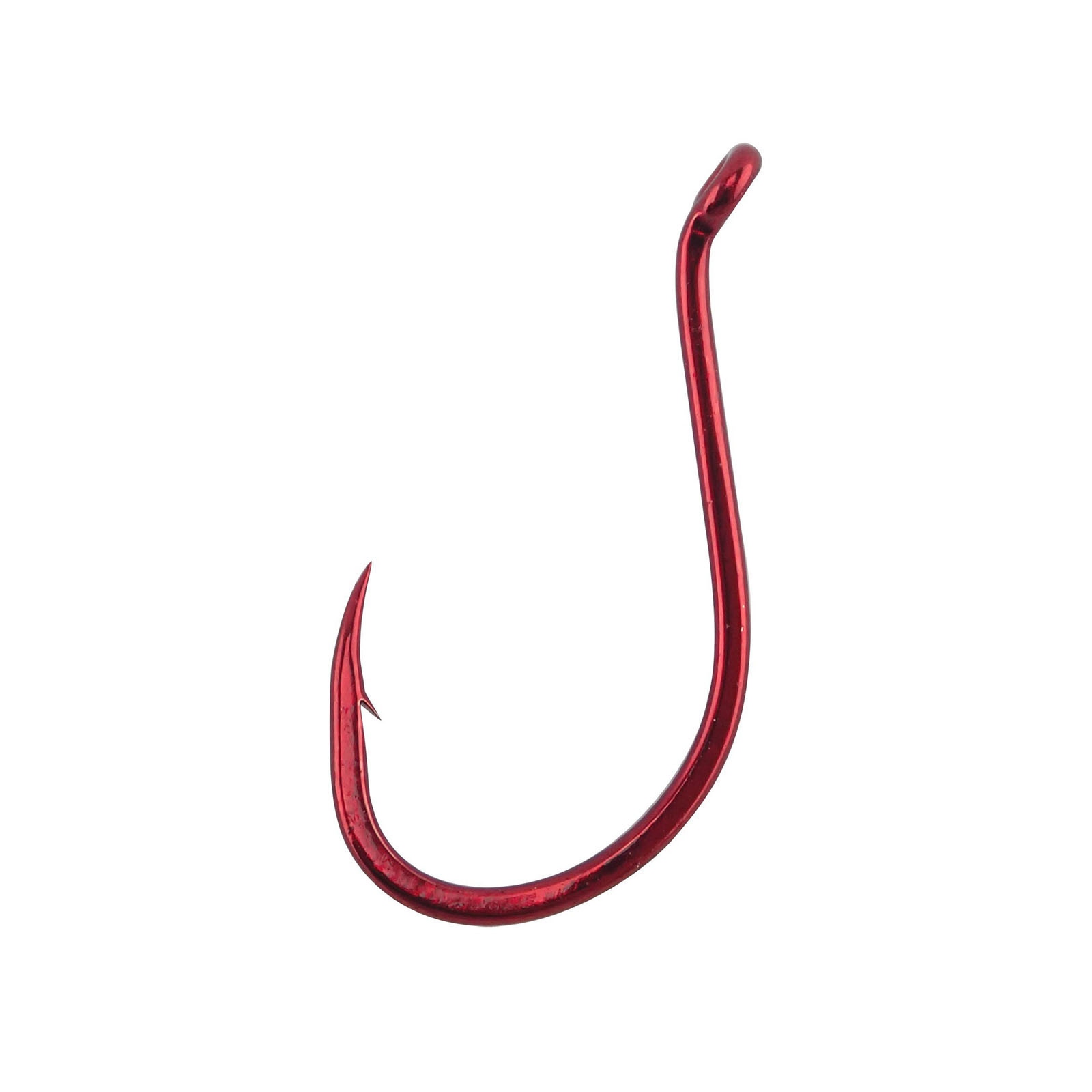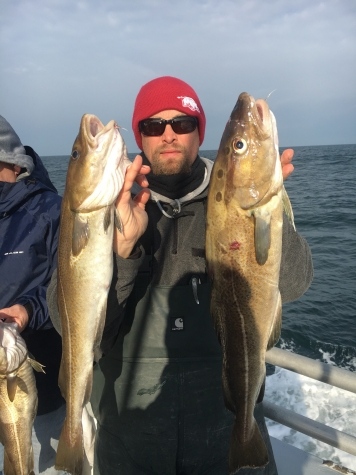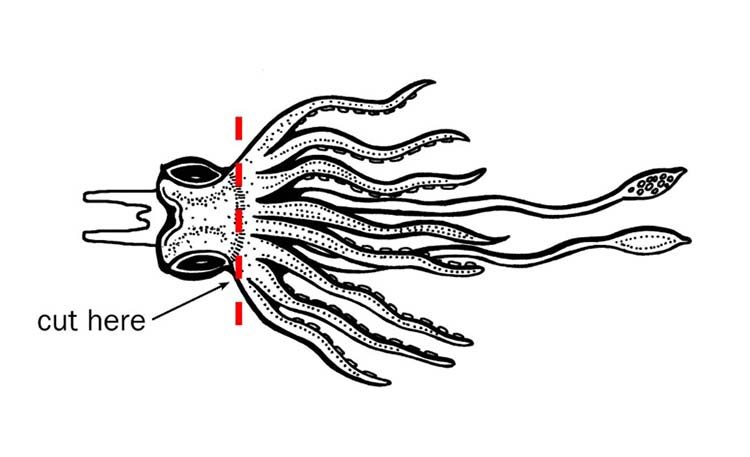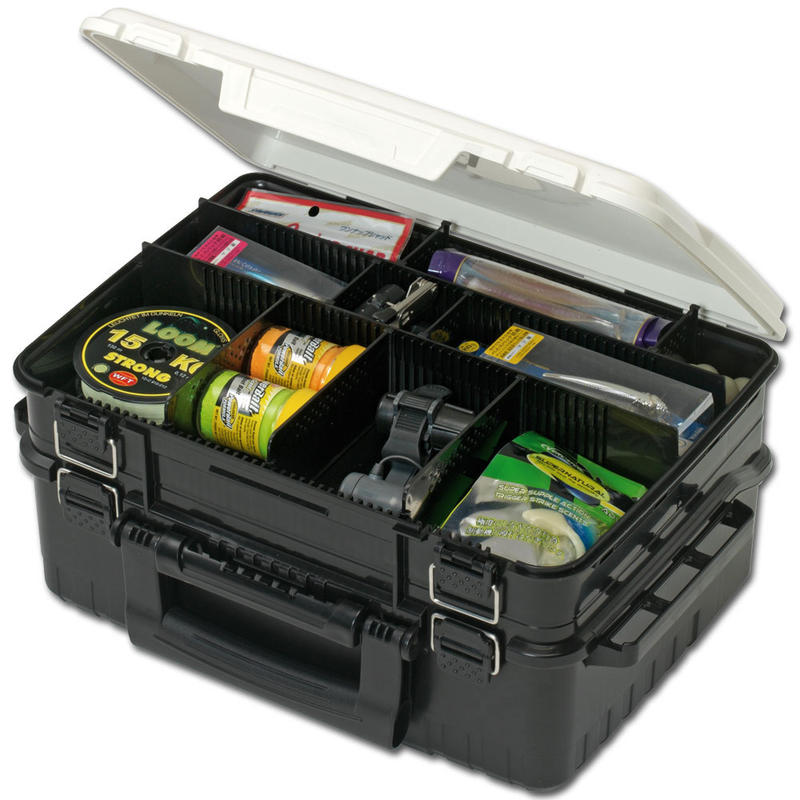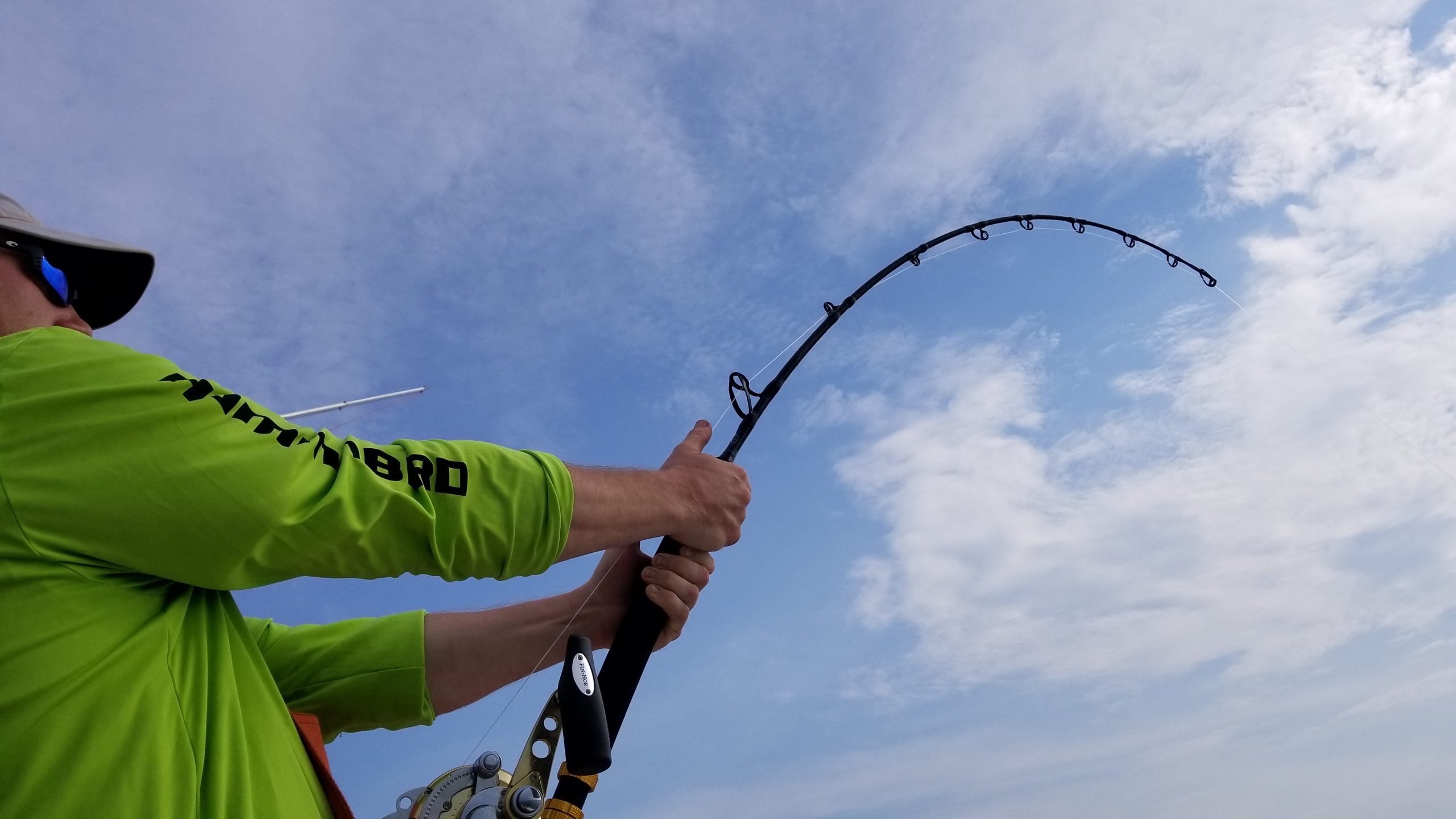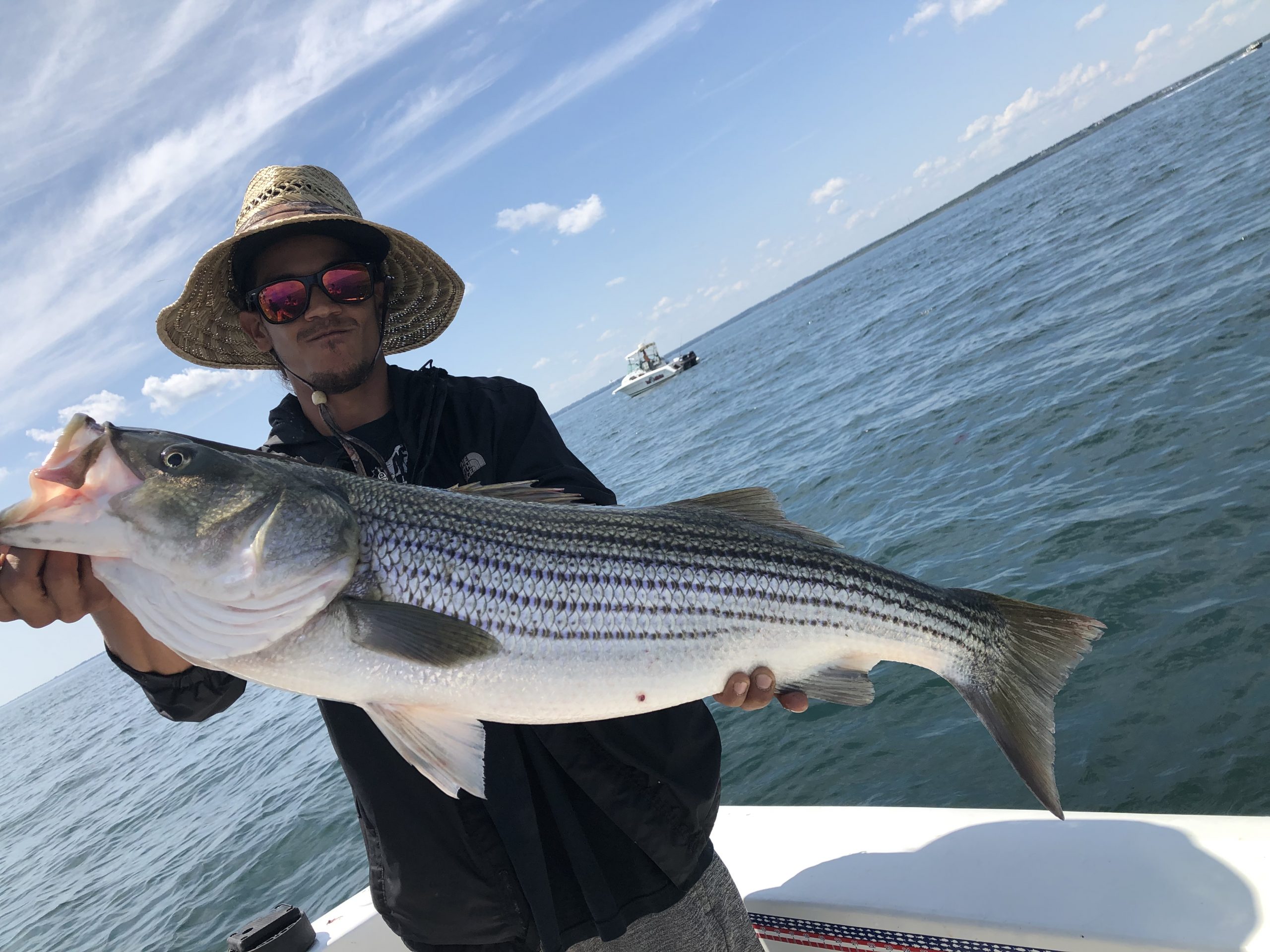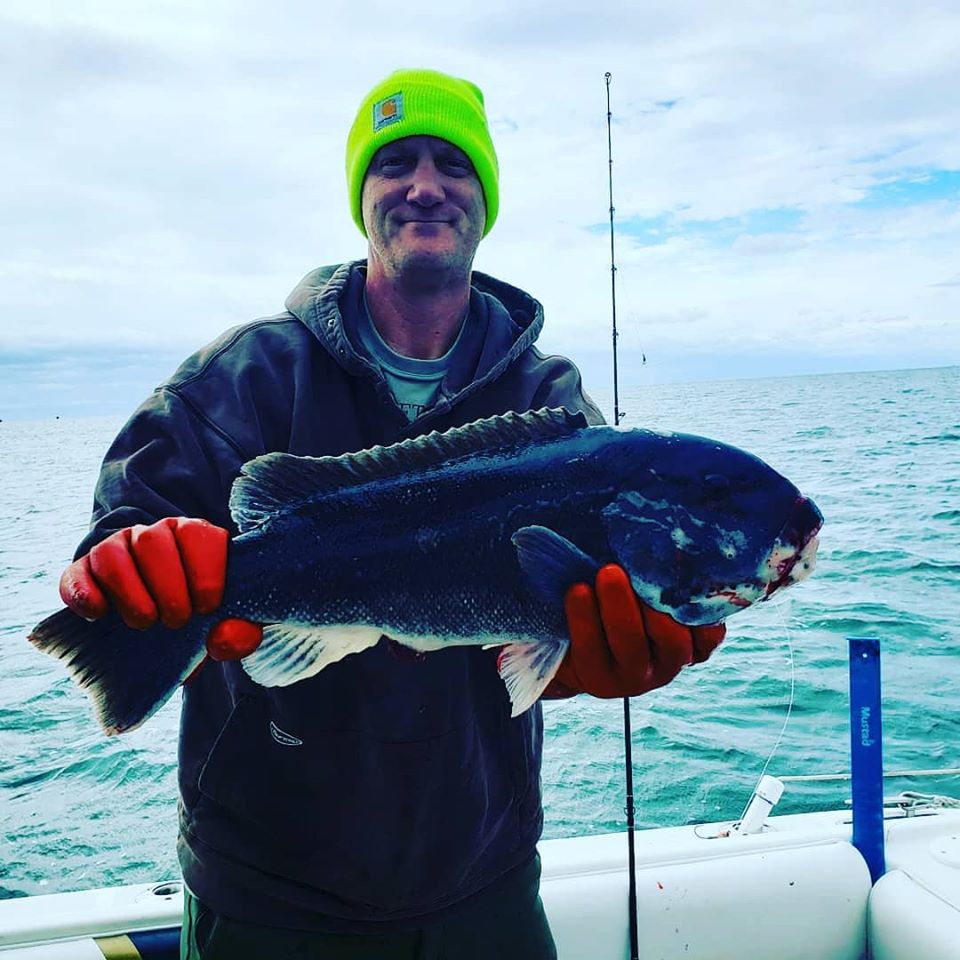How long do tides last
How Tides Last Long? Here’s How…
If you’re wondering if there is any way to predict how long a tide will last, here’s one little tidbit you can use: in the summer, the Pacific Ocean usually takes about eight hours to flow back out to sea again.
This time of year, every beachgoer wants to know: How long does it take for the tide to go out? The answer, of course, is different at every beach. But, a good general rule of thumb: the further away from the ocean, the longer it takes. The closer to the coast, the shorter the time.
We have learned that the ocean tide is more than 20 times higher than the tidal rise and fall that takes place in a river or bay.
How many low tides in a day
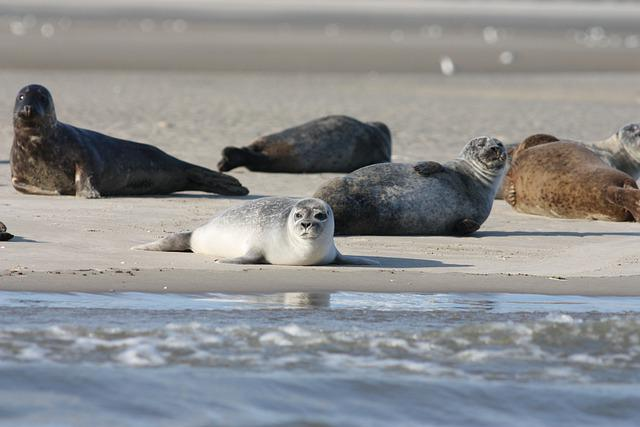
Low tides are the result of lunar cycles. However, low tides occur more frequently than most people realize. According to the National Oceanic and Atmospheric Administration, “The tidal range of the Pacific Ocean varies from as little as 4 feet at high tide to as much as 32 feet at low tide.” In a given 24-hour period, low tides occur on average approximately every 2 hours and 20 minutes, according to NOAA.
There are a lot of interesting facts about low tides. First, it is important to know that the moon is responsible for tides. Tides happen when the moon moves around Earth. As the moon moves away from Earth, a lower level of water is left in the ocean. This causes the sea level to go down, creating a low tide. When the moon gets closer to Earth, a higher level of water remains in the ocean. This causes the sea level to rise, which creates a high tide.
The moon is a big influence on tidal cycles. Most of the time, the moon is pulling on Earth’s water as it moves around the planet. When the moon gets close to Earth, it makes the oceans move. This causes a high tide, while when the moon gets further away, the oceans are pulled towards Earth. This results in a low tide. It is important to understand the physics behind low and high tides.
What are tides?
Tides are a result of the movement of large bodies of water, such as oceans and seas. The tides are caused by the pull of the moon and sun on the earth. There are two types of tides. The spring tide is when the moon and sun are aligned in a line between the moon and the sun. The lunar tide occurs when the sun and the moon are at the same exact location but are not aligned in a straight line. The rising tide occurs when the moon is closest to the earth and is pulling the waters upward, creating a wave. The falling tide occurs when the moon is farthest from the earth and is pulling the waters downward, creating a wave.
The rise and fall of the tide is something that many people enjoy. The water comes to shore and pulls back out. It can create some beautiful waves, especially if you are watching a sunset. High tides affect the height of the water. They have different effects depending on where the water is. For instance, if you are in an ocean, the water will be higher than if you are in a lake.
What causes tides?
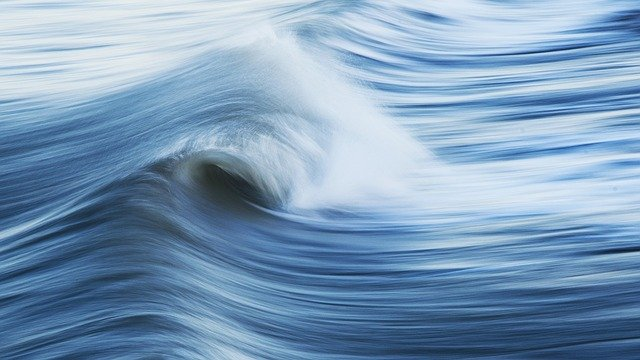
The reason why we have tides in the ocean is due to the gravitational pull of our moon and the rotation of Earth. This creates a circular flow around our planet. The flow created by our planet’s rotation is referred to as the Coriolis Effect.
The Coriolis Effect was first discovered in the early 1800s by an Italian scientist named Giovanni Antonio Amadeo (a.k.a. Coriolis) during the French Revolution. He noticed that the direction of the wind shifted depending on which side of the Earth you were on. He called this effect the Coriolis Effect. In 1835, he published a paper about his findings. The Coriolis Effect is still around today. It helps us to understand the direction of the wind. It is also responsible for the weather phenomenon known as a jet stream.
When do the highest tides happen?
It’s a scientific fact that the high tides in the ocean occur when the moon is closest to the Earth. But it’s not always true. During a full moon, the moon is closer to Earth than it is to any other point during a lunar cycle. Because the moon is pulled toward the center of our planet by gravity, it’s pulled slightly towards the moon’s closest point. The closer the moon is to the earth, the closer the moon is to its closest point.
It is usually true that the high tides occur during the full moon. There are many exceptions. Sometimes the tides are lower during a full moon. There are also times when the tides are higher during the full moon than at other times. These exceptions can happen because the moon is further away from the Earth and doesn’t exert enough gravitational pull to affect the tide levels. If the moon is farther away from the Earth, it can’t pull on the oceans as much.
It’s not surprising that people who live close to the coast experience high tides. They are affected by the gravitational pull of the moon. People who live inland experience lower neap tides. This is because the moon is farther away and so is less affected by the gravity of the earth. It takes 24 hours for the moon to make one complete orbit around the earth. If the moon is a full moon, the moon is closest to the earth. If the moon is a new moon, the moon is furthest from the earth. This happens once every month.
How do tides work?
There’s a lot of science and math behind how ocean tides work, but the basic idea is simple. There are three main components that come together to create an ocean tide: The moon, the sun, and Earth.
There are three major parts to this system. These are the moon, the sun, and Earth. Each one has different effects on the oceans.
The Moon. There are two effects that the moon has on the ocean. The first is tidal bulges action, which means that the neap tides rise and fall in regular cycles. The second is gravitational forces. These can affect water levels, especially in areas where the land and sea meet. In some places, the water level changes as much as several inches. The moon also affects weather conditions. When the moon is closest to Earth, it causes the Earth to rotate faster and the neap tides occur will rise and fall faster.
The Sun. The sun also has a direct effect on the oceans. When the sun rises and sets, the oceans reflect this movement. The oceans absorb the energy from the sun during the day and release it again at night. This process also creates waves in the ocean. These waves can also affect water levels and cause changes in the sea bed.
Earth. The Earth is the biggest component of the system. It also plays a role in the tides. The lunar and solar tides are created by the motion of the sun and moon as well as the ocean. As the ocean rotates, the water moves along the shoreline and eventually falls back into the ocean. This cycle repeats itself as the tides go around the world. The effect of the solar and solar tides is not only measured by how high the water goes, but also by the number of times the water goes up and down.
How many hours occur between high and low tide?
There are many times when we need to predict whether or not there will be high or low tide, and knowing how many hours there are between high and low tides helps us to plan our activities. For example, a beach-goer needs to be at the shore when the tide begins to change. They could choose to wait until the tide turns or they could arrive at the shore early. The first option requires waiting longer and maybe too late if the tide turns quickly, but the second option allows them to make the most of the current.
Knowing the tide and the time of day will help a lot if you are going to be out on the water. The same goes for knowing the weather conditions. If you have been planning to go fishing, you need to know whether it’s a good day for fishing or not. If it is, you will know how long it will take to catch your catch. It will be important for you to know if there are big waves and if the winds are blowing. These are things you should consider before you leave the house.
Conclusion
In conclusion, you can use a tool such as Tide Timer to find out when the tide is coming back. Use this as a signal to stop whatever you’re doing so that you aren’t late. Or, you can use a tide table on your phone to plan for it ahead of time. Either way, knowing the time when the tide is coming back gives you an idea of how much longer you have to wait. It can also give you a signal to get ready so that you don’t miss the tide.




